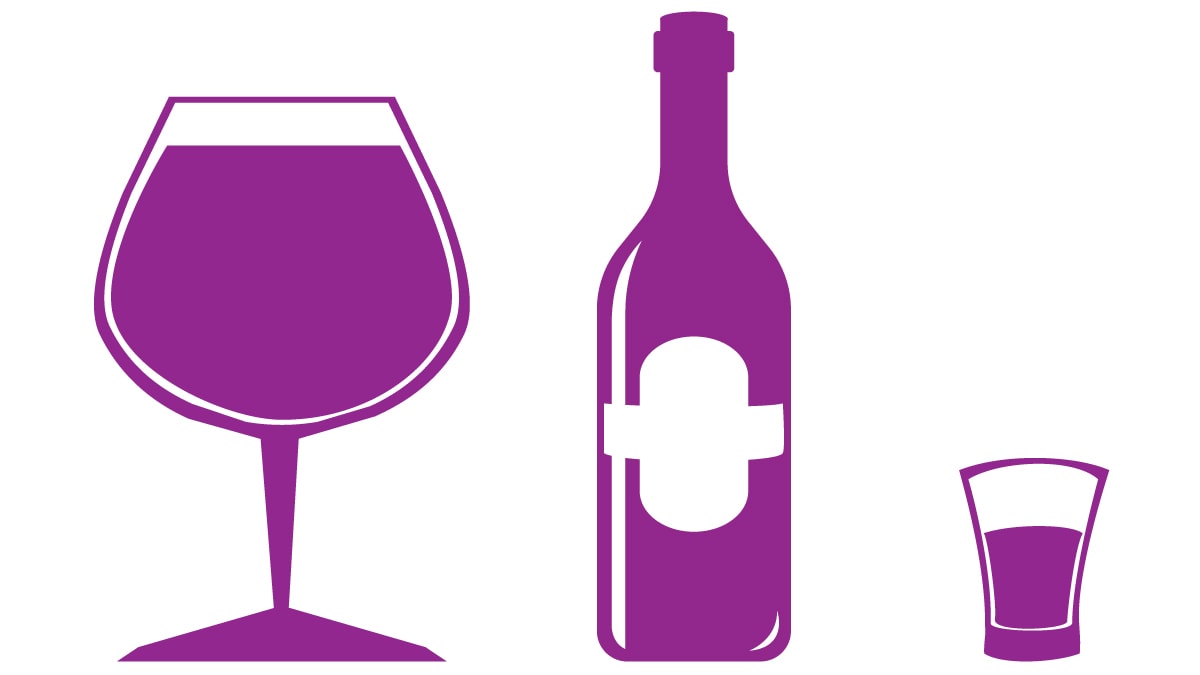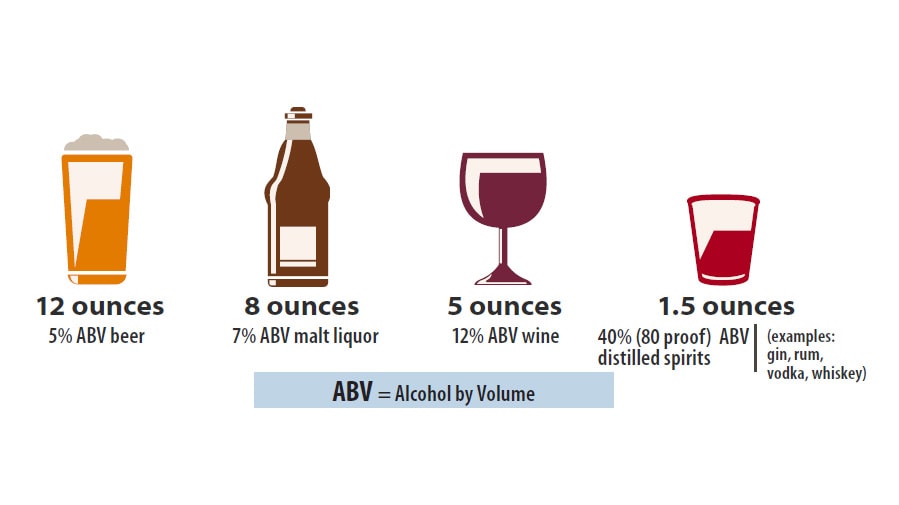What to know
Not drinking alcohol is the safest option for breastfeeding mothers. However, moderate alcohol consumption, meaning up to one drink per day, is not known to be harmful to the infant.

Safety concerns
Not drinking alcohol is the safest option for breastfeeding mothers. However, moderate alcohol consumption, meaning up to one standard drink in a day, is not known to be harmful to the infant. To be safest, the mother can wait at least 2 hours after a single drink before nursing.
Exposure to alcohol above moderate levels through breast milk could be damaging to an infant's development, growth, and sleep patterns. Alcohol consumption above moderate levels may also impair a mother's judgment and ability to care for her child safely.
Drinking alcoholic beverages is not an indication to stop breastfeeding. However, consuming more than one drink per day while breastfeeding is not recommended.
Alcohol in breast milk
The alcohol level in breast milk is essentially the same as the alcohol level in a mother’s bloodstream. As the mother’s alcohol blood level falls over time, the level of alcohol in her breast milk will also decrease.
Alcohol levels are usually highest in breast milk 30 to 60 minutes after a woman consumes an alcoholic beverage. Alcohol can be generally detected in breast milk for about 2 to 3 hours per drink after it is consumed.
The more alcohol a mother consumes, the longer alcohol can be detected in breast milk. For example, alcohol from 1 drink can be detected in breast milk for about 2 to 3 hours. Alcohol from 2 drinks can be detected for about 4 to 5 hours. Alcohol from 3 drinks can be detected for about 6 to 8 hours.
Blood alcohol levels and the length of time alcohol can be detected in breast milk after drinking will depend on several factors, such as:
- Amount of alcohol consumed.
- How fast the alcohol is consumed.
- Whether the alcohol is consumed with food.
- The mother's weight.
- How fast alcohol is broken down in a mother's body.
Alcohol's effect on infants
More than moderate levels of alcohol consumption can interfere with the milk ejection reflex (letdown). Over time, excessive alcohol consumption could lead to shortened breastfeeding duration due to decreased milk production. Excessive alcohol consumption while breastfeeding could also affect the infant's development, growth, and sleep patterns.
Breastfeeding and alcohol
Breastfeeding mothers who have consumed alcohol can wait 2 hours (per drink) before breastfeeding. This time will allow alcohol levels in her breast milk to go down. If the mother cannot wait to feed her infant, she can feed milk that was previously expressed when the mother was not drinking.
A mother may express or pump milk after consuming alcohol to ease her physical discomfort or adhere to her milk expression schedule. If a mother decides to express or pump milk within two hours (per drink) of consuming alcohol, the mother can discard the expressed milk. This is known as pumping and dumping.
Expressing or pumping then discarding milk after drinking alcohol does not reduce the amount of alcohol in the mother's milk more quickly.
Standard drinks

The Dietary Guidelines for Americans defines a standard drink as:
- 12 ounces of 5% beer.
- 8 ounces of 7% malt liquor.
- 5 ounces of 12% wine.
- 1.5 ounces of 40% (80 proof) liquor.
These drinks contain the same amount of pure alcohol: 14 grams or 0.6 ounces. However, many common drinks contain much more alcohol than this. For example, 12 ounces of 9% beer contains nearly the same amount of alcohol as 2 (1.8) standard drinks. Consuming one of these drinks would be the equivalent of 2 standard drinks.
Resources
Alcohol – Drugs and Lactation Database (LactMed®)—National Library of Medicine.
The Transfer of Drugs and Therapeutics Into Human Breast Milk: An Update on Selected Topics—American Academy of Pediatrics (AAP).
Clinical Protocol #21: Guidelines for Breastfeeding and Substance Use or Substance Use Disorder—Academy of Breastfeeding Medicine.
Alcohol and Public Health —CDC.
Technical Report: Breastfeeding and the Use of Human Milk—AAP.
